The Sculptural Wall Is Back: Bas‑Relief, Plaster & 3D Panels Define 2025
After a decade of flat paint and slim frames, walls themselves are becoming the artwork. Designers are reviving bas‑relief and other low‑profile sculptural techniques—carved plaster, modular ceramics, and 3D panels—to add shadow, movement and tactility to rooms.


Why bas‑relief—again?
Bas‑relief (literally “low relief”) raises a design just enough from a surface to catch the light. Historically seen in architecture and ceramic friezes, the technique sits between painting and sculpture—perfect for today’s rooms that want calm color but rich texture. The current wave embraces sustainable clays, gypsum, and even reclaimed materials to craft tactile, shadow‑play walls without the visual noise of busy patterns.
Who’s shaping the look
Contemporary ceramicists and studios are translating the language of relief into modern interiors. Peter Lane’s monumental ceramic walls for luxury flagships prove the technique scales elegantly in high‑end contexts. In hospitality and homes, Ben Medansky’s modules—gridded, biomorphic, or wave‑like—turn fireplaces and long spans into kinetic fields of light. And Los Angeles–based Olivia Cognet continues to push bas‑relief as a statement art form, from gallery works to residential commissions.

How to bring sculptural walls home (without a full reno)
- Start with one plane. Choose a fireplace breast, bed wall, or stair run. A single sculpted surface makes a bigger statement than scattered accents.
- Think single‑hue, high‑shadow. Plaster or ceramic kept to one tone amplifies shadow and keeps rooms calm.
- Layer light. Grazing sconces and low lamps make relief come alive after dark.
- Go modular. Prefab gypsum or ceramic tiles can create a relief field with less mess than in‑situ carving.
- Echo the texture in art. If you’re not ready for carved walls, use prints with tactile palettes and soft plaster‑style grounds to cue the look.
Styling notes: color, contrast & calm
Textured walls pair well with today’s moodier, material‑rich interiors: limewash, Roman clay, and soft mineral palettes. If you lean maximalist, layer sculptural walls with patterned textiles or gallery walls. If you lean minimal, keep the palette tight—two neutrals plus one accent—then let shadows do the heavy lifting.
Love the quieter, wabi‑sabi side of this trend? Our guide to Zen Interiors: A Room‑by‑Room Playbook for Stillness shows how to weave textured finishes, calm greens, and natural materials into every space while keeping sightlines serene.
Shop the look: 3D‑friendly prints & textures
These Artoholica picks complement sculptural walls with grounded palettes and subtle, plaster‑like textures.
Further reading
- Financial Times: The return of the bas‑relief “wonder wall”
- Wallpaper*: Design Miami highlights (including Olivia Cognet)
- Livingetc: 2025 rules to ditch—why textured walls are in
Image credits: Peter Lane Clay; Ben Medansky Studio; Olivia Cognet Studio.

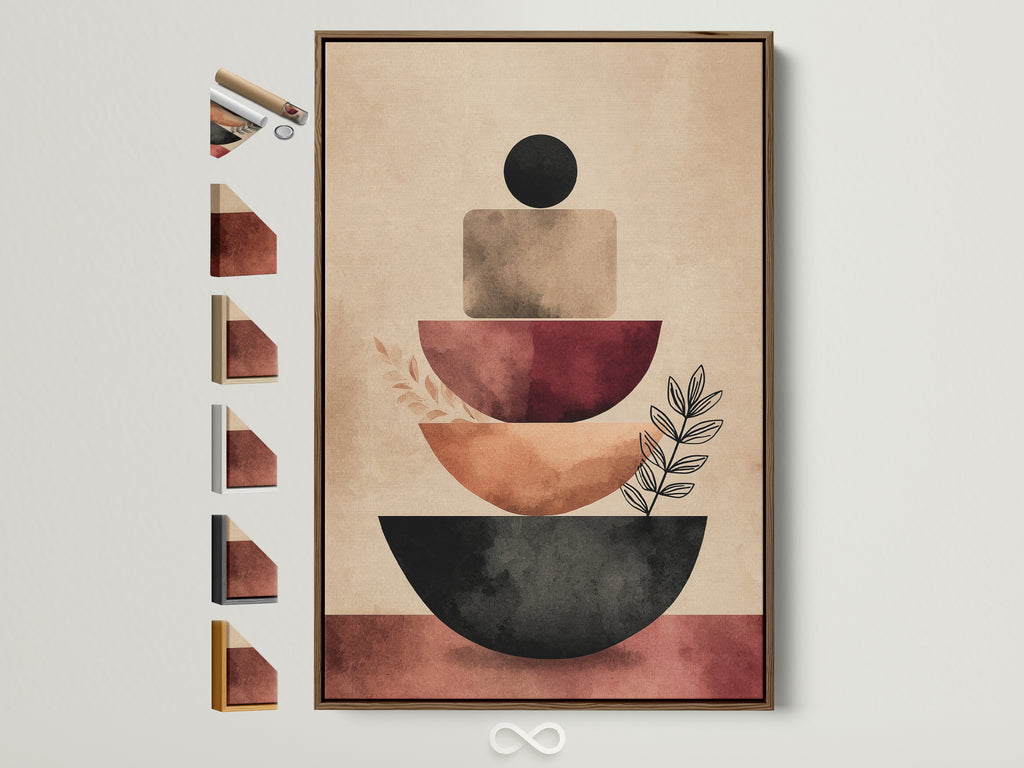
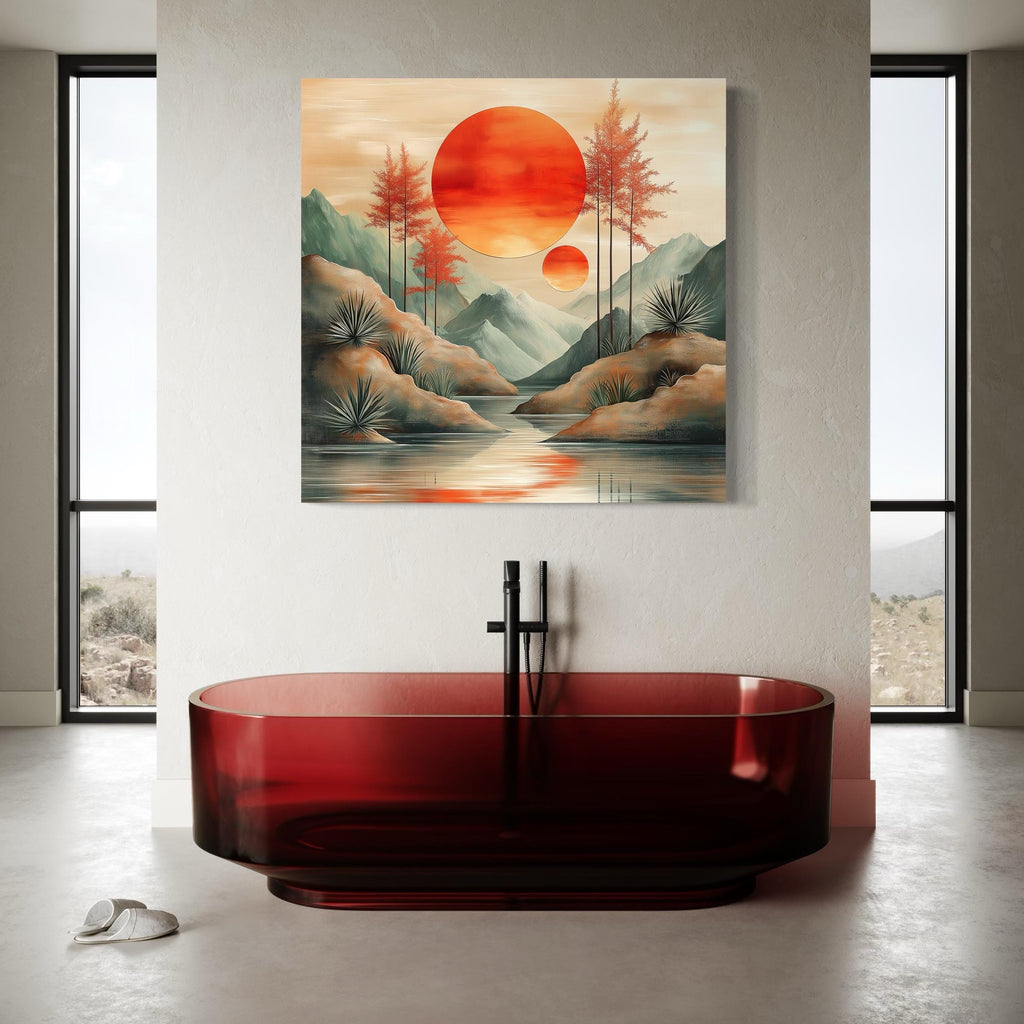
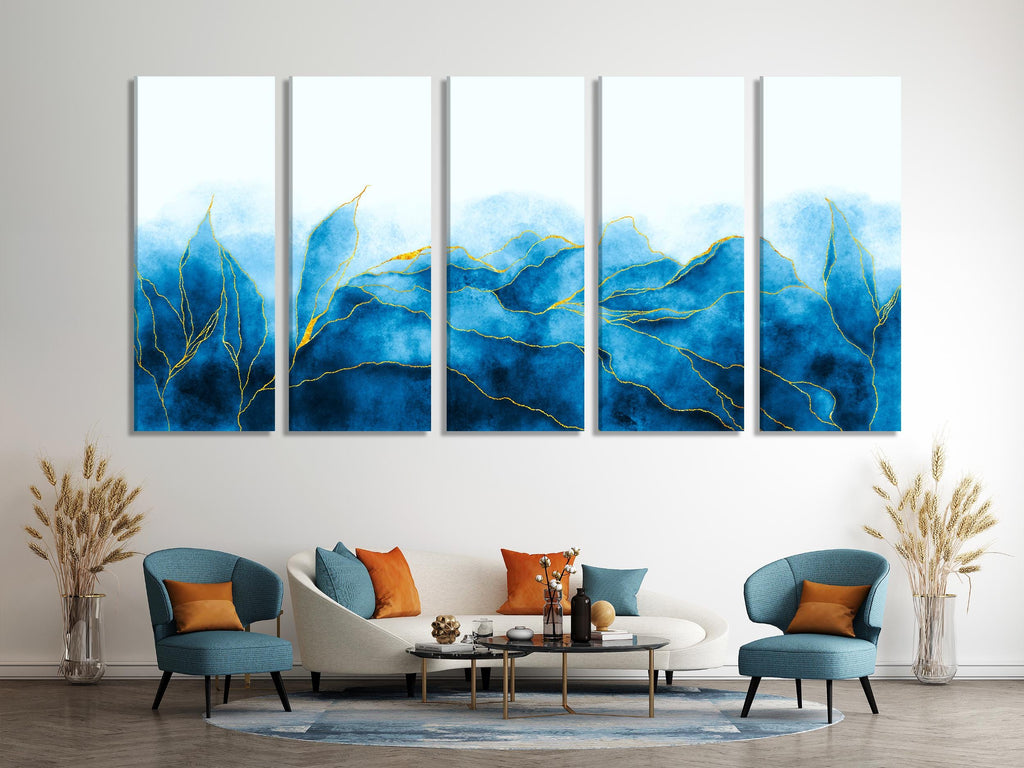
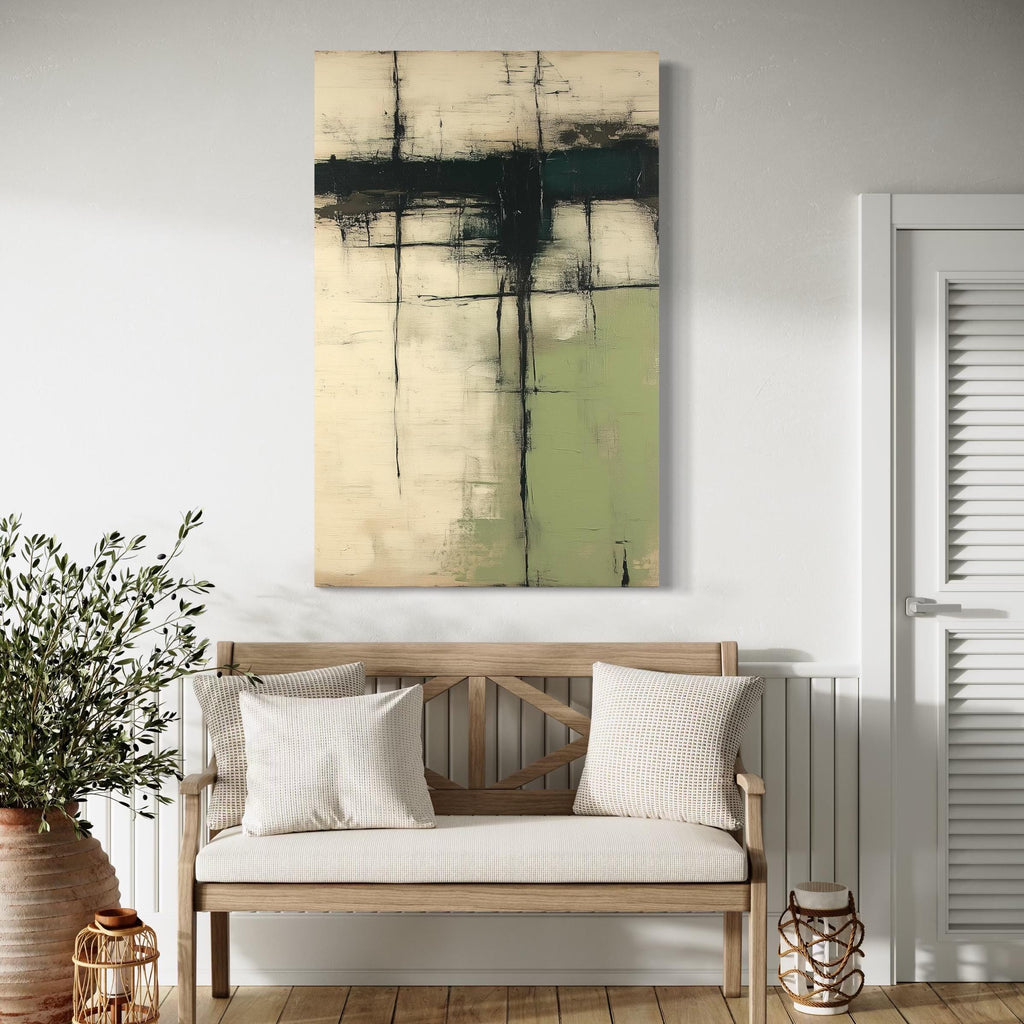
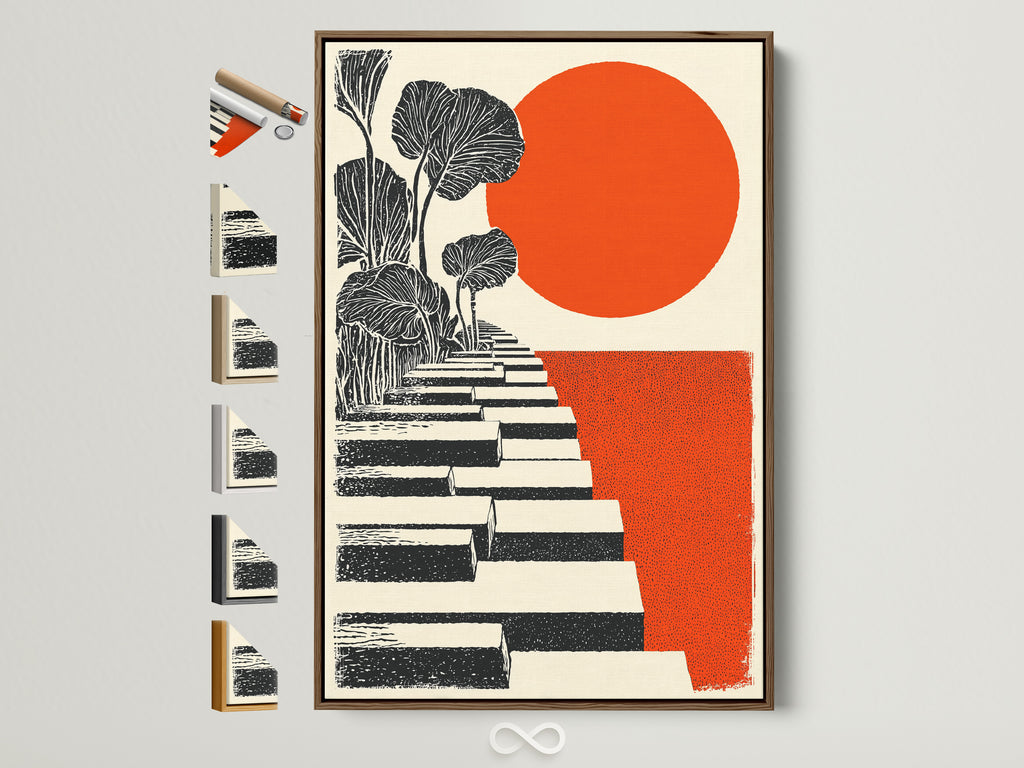
0 commentaire